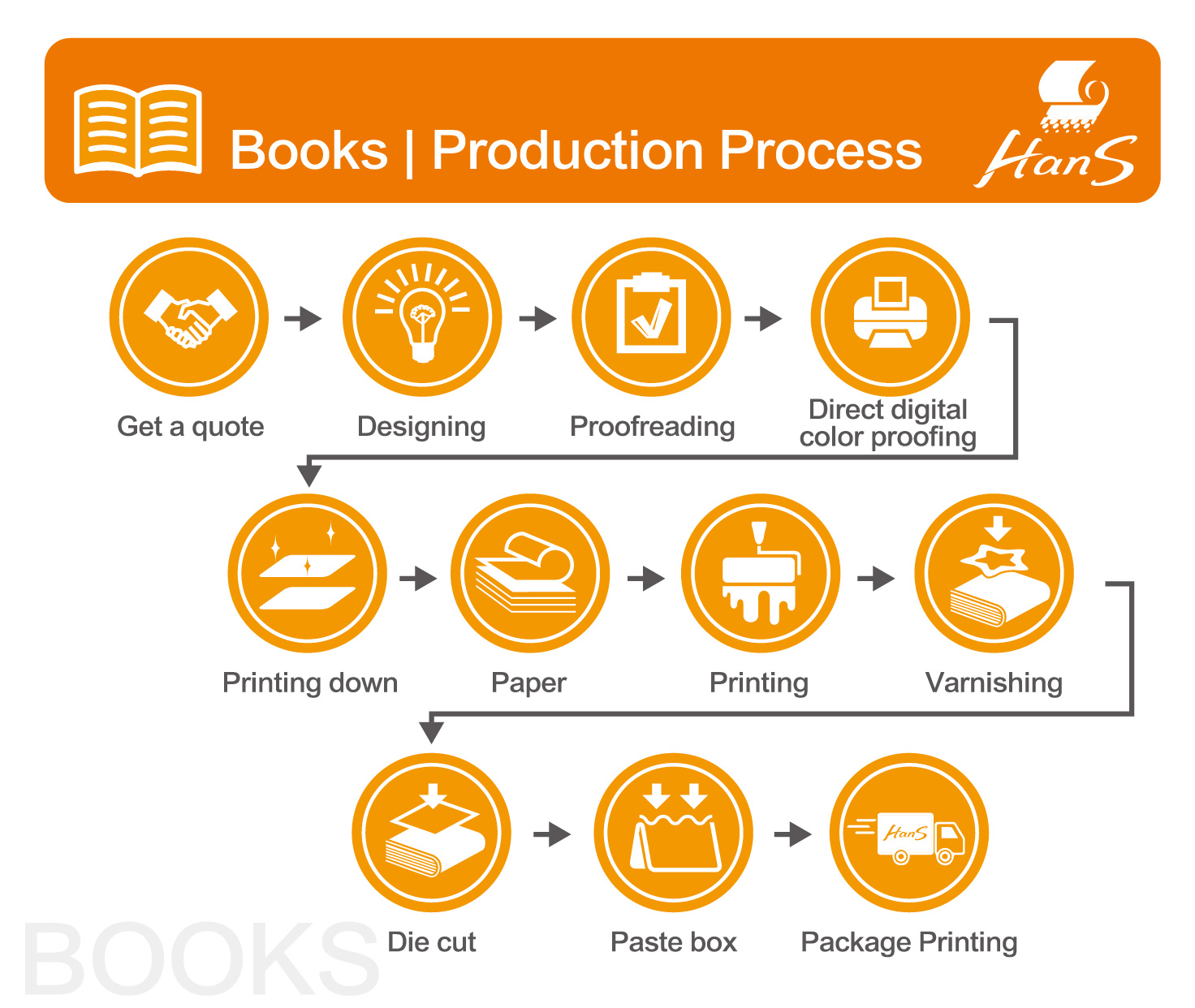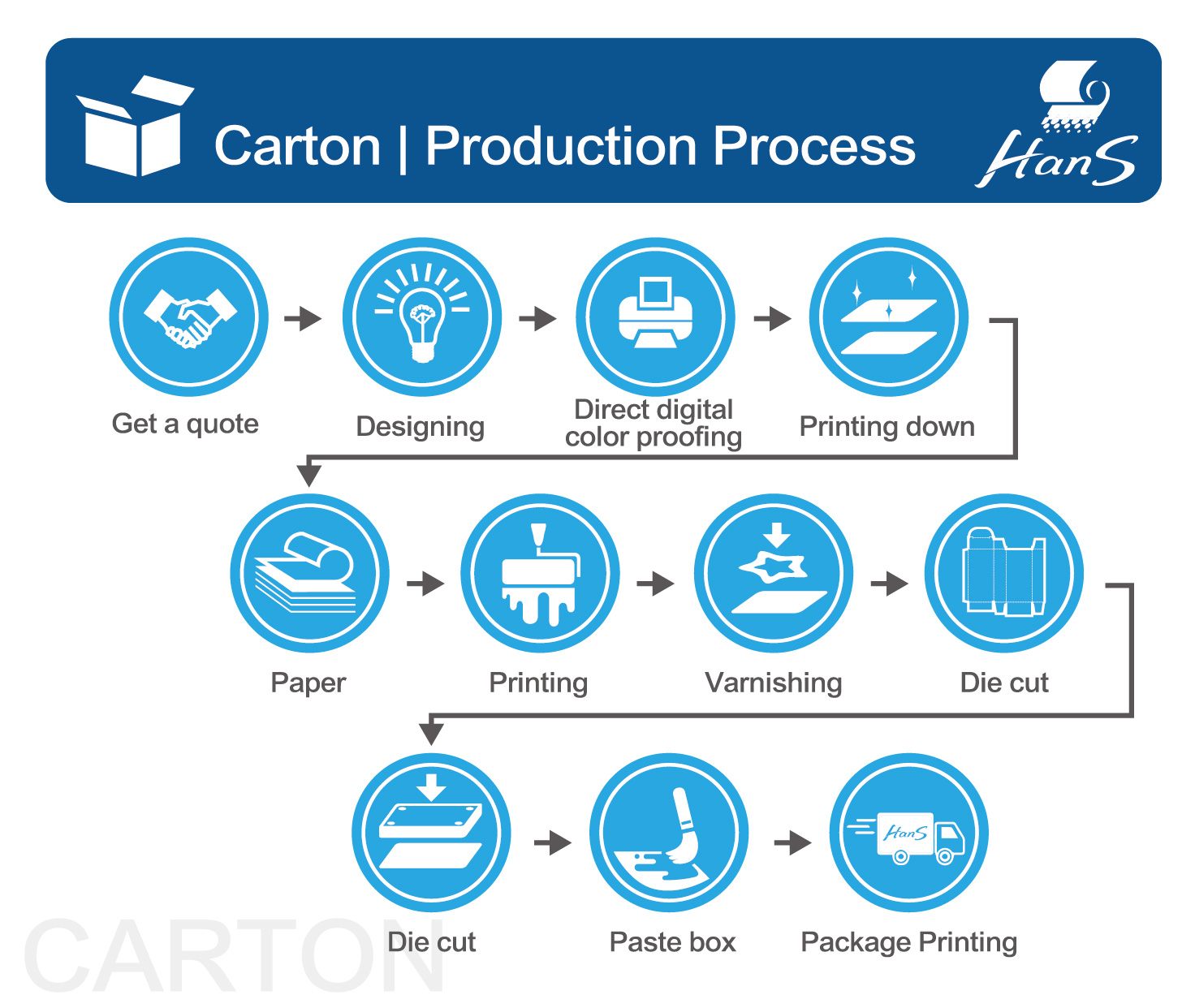Four Colors And Special Colors
-
sentiment_very_satisfied
Viewers:
- 0
Special colors, often referred to as spot colors, are used in printing to achieve specific hues and effects that cannot be reproduced accurately with standard CMYK (Cyan, Magenta, Yellow, Black) printing.
Printing Process for Special Colors1. Design and Pre-Press- Color Selection: Designers choose the specific spot colors from systems like Pantone. - Color Separation: Each spot color is separated into its own plate in the pre-press process. - Proofing: Digital or printed proofs are created to ensure the colors are accurate. 2. Printing- Offset Printing: Most common method for applying special colors. Separate plates are created for each spot color. - Screen Printing: Often used for special effects, especially on non-paper substrates. - Digital Printing: Some advanced digital presses can print spot colors, but this is less common and usually limited to specific devices. 3. Post-Press Finishing- Varnishing and Coating: Special colors can be enhanced with varnishes or coatings to add gloss, matte, or textured finishes. - Embossing and Foiling: Metallic inks and special colors can be combined with embossing or foil stamping for added effect. |
|
Considerations for Using Special Colors1. Cost- Spot colors can increase printing costs due to the need for additional plates and inks. - However, they can be cost-effective for large runs where color consistency is critical. 2. Design Consistency- Ensure that the use of special colors aligns with the brand’s visual identity and is used consistently across different materials. 3. Material Compatibility- Special colors can behave differently on various substrates. Testing on the final material is crucial to achieve the desired result. 4. Environmental Impact- Some special inks, like metallic and fluorescent, may have environmental considerations. Choose eco-friendly options when available. Benefits of Using Special Colors1. Branding- Provides precise color matching for brand colors, ensuring consistency across all printed materials. - Enhances brand recognition and visual identity. 2. Aesthetics- Adds visual interest and differentiation to printed materials. - Creates effects that are not possible with standard CMYK printing. 3. Quality- Delivers superior color accuracy and vibrancy. - Enhances the perceived value and quality of the printed piece. |
Common Applications- Magazines and Brochures: Special colors are often used on covers, headings, and important sections to draw attention. - Packaging: To achieve unique and memorable packaging designs. - Posters and Flyers: For eye-catching promotions and advertisements. - Corporate Stationery: Ensuring brand colors are consistently reproduced on business cards, letterheads, and envelopes. |
|
Using special colors in printing can significantly enhance the visual appeal and impact of printed materials, making them stand out and effectively communicate the desired message.
From planning and filing to the completion of printed matter, printing must go through many procedures, combined with the professional skills of countless people, such as graphic designers, commercial photographers, copywriters, typewriters, artists, color separation technicians, printing technicians, Public workers, printing technicians, bookbinding, varnishing and various processing technicians, etc., without any one, can not successfully complete the printed matter, so they are all important contributors.
We assist many enterprises and organizations in the integrated planning and production of printed materials, focusing on providing comprehensive printing integration services, helping you think more, do more, and win more under limited time and money.


















